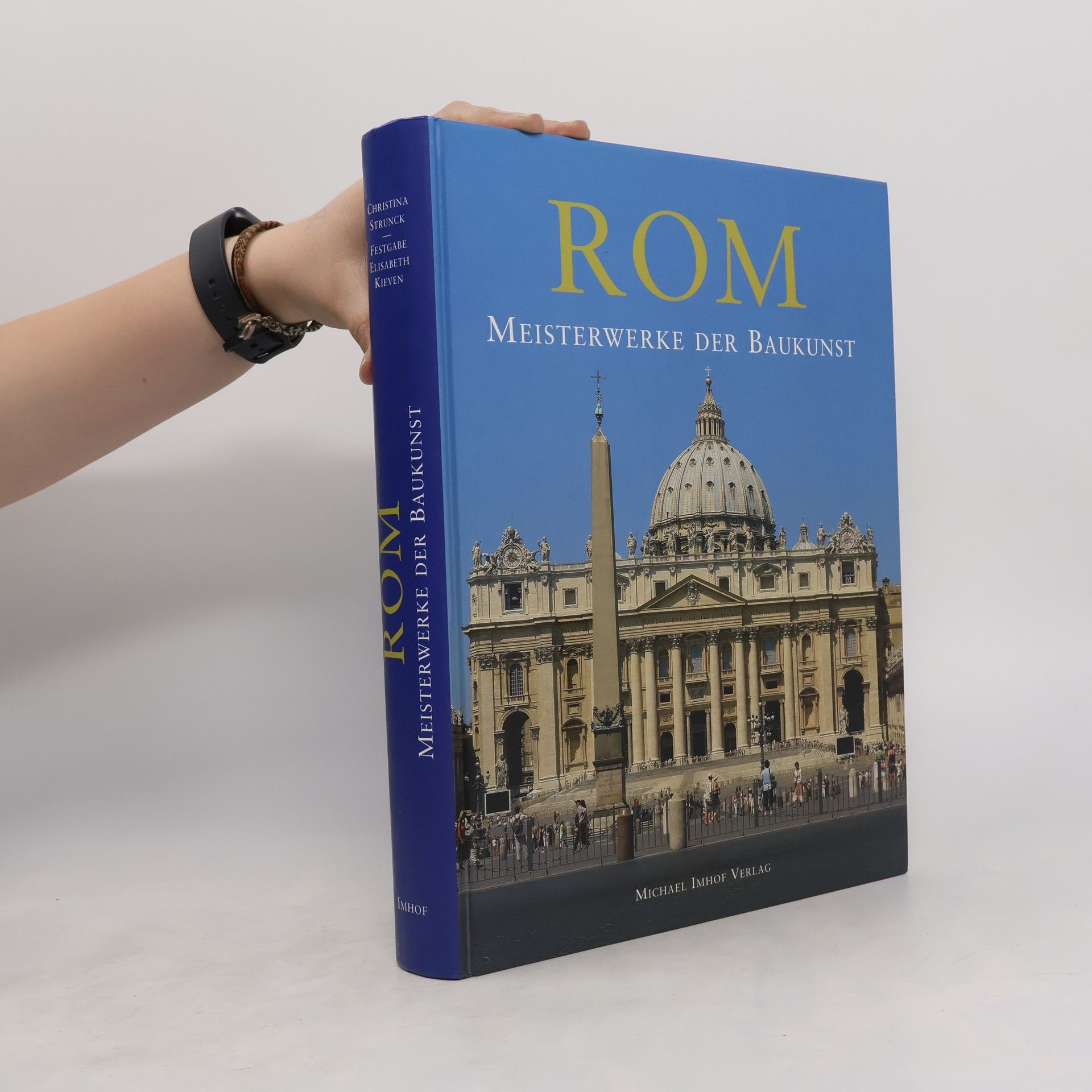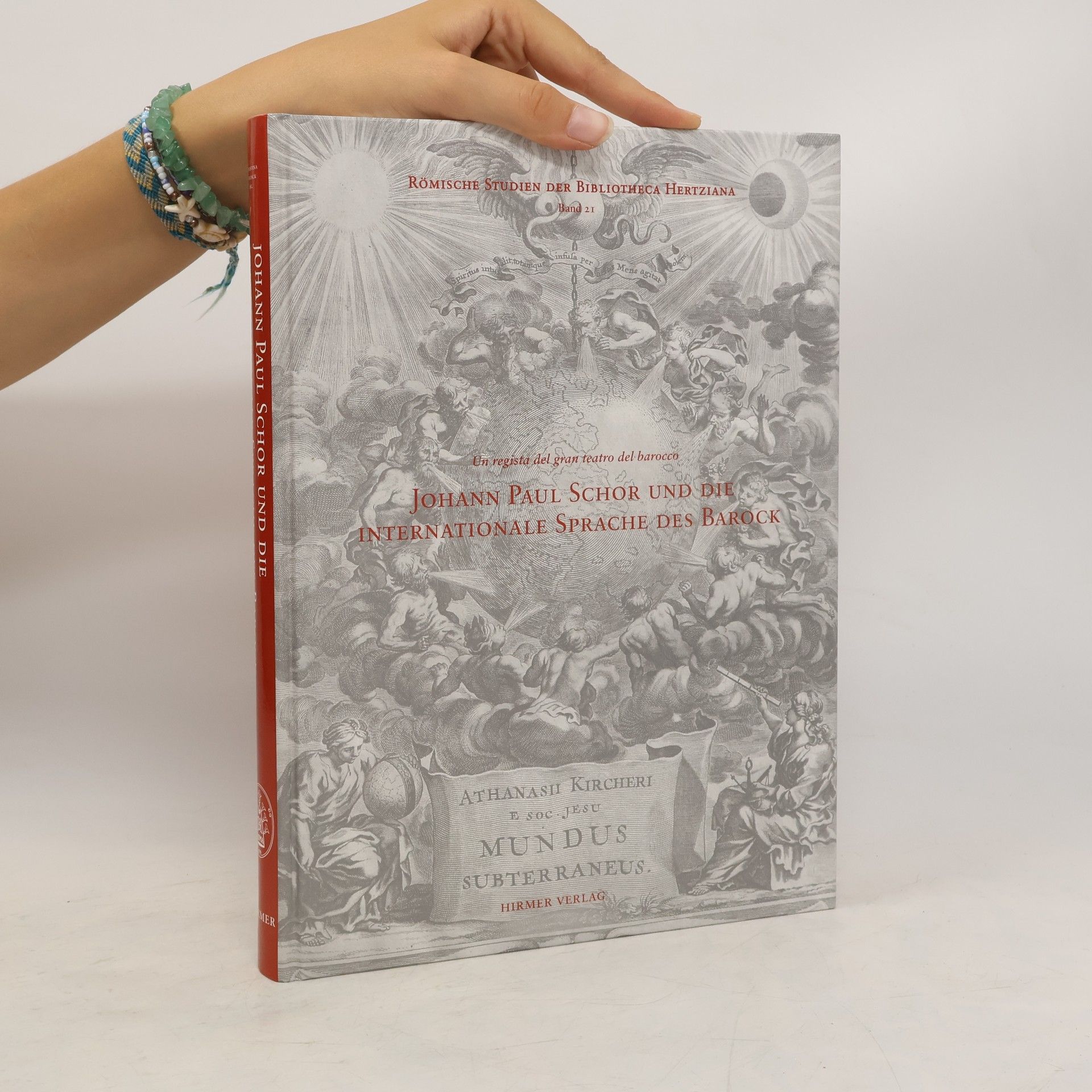Britain and the Continent 1660-1727
Political Crisis and Conflict Resolution in Mural Paintings at Windsor, Chelsea, Chatsworth, Hampton Court and Greenwich
- 528 pages
- 19 hours of reading
Focusing on the political art cycles of the High Baroque in Britain, this book examines their creation and reception, commissioned by the monarchy, aristocrats, and public institutions. It spans a tumultuous period marked by social, political, and religious crises, from the Restoration of the Stuart monarchy in 1660 to the death of the first Hanoverian monarch in 1727. Utilizing unpublished documents, the author presents a fresh interpretation of these works, emphasizing visual conflict resolution strategies, cultural memory, translation processes, and the contexts of wall paintings.


